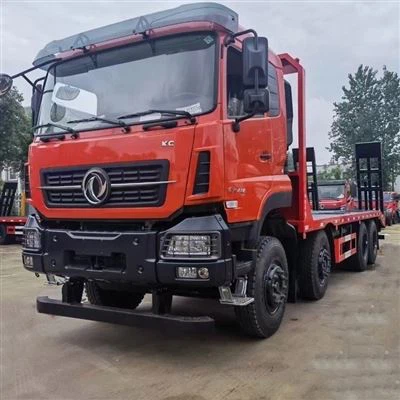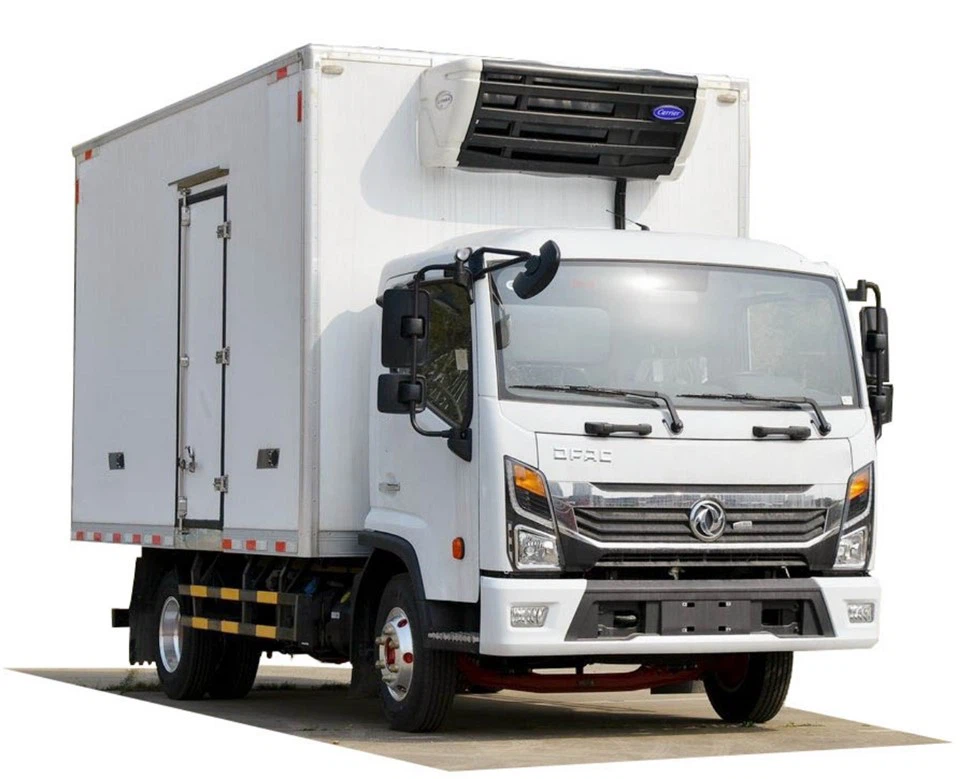Everything You Need to Know About EB Trucks: The Future of Transportation

As the world progresses towards sustainability, electric vehicles have taken center stage, and among them, EB trucks are gaining significant attention. Designed for performance, efficiency, and reducing carbon footprints, these trucks offer a promising alternative to traditional diesel-powered vehicles. In this comprehensive guide, we will cover everything from the basics of EB trucks to their various applications, benefits, challenges, and future trends.
What are EB Trucks?
EB trucks, or electric battery trucks, are heavy-duty vehicles that run entirely on electricity stored in their batteries. Unlike conventional trucks that rely on fossil fuels, EB trucks are equipped with electric motors that power their performance, making them an eco-friendly alternative in the transportation industry.
How Do EB Trucks Work?
At the core of every EB truck is its electric drivetrain. Here is a breakdown of the main components:
- Battery Pack: This is the heart of the EB truck, storing energy that powers the vehicle.
- Electric Motor: Converts electricity from the battery into mechanical energy to drive the wheels.
- Regenerative Braking System: Helps recharge the battery by converting kinetic energy produced during braking back into electrical energy.
- Charging System: Allows for the truck to be recharged at various charging stations.
Advantages of EB Trucks
EB trucks come with numerous benefits that make them an attractive option for businesses and individuals alike:
1. Reduced Emissions
One of the most significant advantages of EB trucks is their ability to reduce greenhouse gas emissions. By utilizing electricity instead of diesel, these trucks contribute to cleaner air and a healthier environment.
2. Lower Operating Costs
With rising fuel prices, traditional trucks can be costly to operate. EB trucks typically incur lower operating costs due to cheaper electricity prices and reduced maintenance requirements.
3. Enhanced Performance
EB trucks provide instant torque, which leads to quicker acceleration. Additionally, thanks to the quiet operation of electric motors, they contribute to reduced noise pollution in urban areas.

4. Tax Incentives and Rebates
Many governments offer tax incentives and rebates for businesses that adopt electric vehicles, including EB trucks, reducing the overall financial burden.
Applications of EB Trucks
EB trucks are versatile and can serve various sectors, including:
1. Urban Delivery Services
Due to their impressive maneuverability and reduction in emissions, EB trucks are ideal for last-mile delivery services in urban areas.
2. Waste Management
Many cities are turning to electric garbage trucks as a clean alternative to traditional waste collection vehicles, minimizing pollution and noise while maintaining efficiency.
3. Construction and Infrastructure
In construction, electric trucks can be used for transporting materials with a reduced environmental impact. Some companies are integrating EB trucks as part of their green initiatives.
Challenges Facing EB Trucks
Despite the many advantages, EB trucks face several challenges that need to be addressed:
1. Charging Infrastructure
The availability of adequate charging stations can be a significant barrier to the widespread adoption of EB trucks, especially for long-haul applications.
2. Battery Limitations
Current battery technology presents limitations in terms of range and weight. As technology progresses, manufacturers continue to innovate to overcome these challenges.
3. Initial Costs
While operating costs may be lower, the upfront costs associated with purchasing EB trucks can still be a hurdle for some businesses.
The Future of EB Trucks
The future of EB trucks looks promising, driven by technological advancements and an increasing commitment to sustainability:
1. Advancements in Battery Technology
Research in battery technology, such as solid-state batteries, could lead to longer ranges and shorter charging times in the future.
2. Expansion of Charging Networks
As the demand for EB trucks rises, the development of robust charging infrastructure is expected to grow in tandem, facilitating easier use of electric vehicles.
3. Adoption of Autonomous Technologies
The integration of autonomous technologies may change the landscape of transportation and logistics, enhancing the efficiency of EB truck usage.

Practical Tips for Businesses Considering EB Trucks
If you are a business considering the adoption of EB trucks, here are some practical tips:
1. Evaluate Your Needs
Before investing, assess your operational requirements, including range, payload capacity, and delivery routes.
2. Consider Total Cost of Ownership
Take into account not just the purchase price but also maintenance, fuel savings, tax incentives, and potential subsidies.
3. Explore Financing Options
Look for financing options that cater to electric vehicles specifically, which can make adoption more feasible.
4. Stay Updated on Incentives
Keep abreast of local, state, and federal incentives that could reduce costs associated with purchasing and operating EB trucks.
FAQ about EB Trucks
1. Are EB trucks suitable for long-distance freight transport?
Currently, the range of many EB trucks limits their application for long-distance freight transport, but advancements in battery technology may change this in the future.
2. How long does it take to charge an EB truck?
The charging time can vary based on the charger type. Fast chargers can often charge an EB truck in 1-3 hours, while standard chargers may take longer.
3. What are the maintenance requirements for EB trucks?
EB trucks generally require less maintenance than traditional trucks, as they have fewer moving parts. However, regular battery checks and software updates are important.
4. What is the lifespan of an EB truck’s battery?
Most EB truck batteries are designed to last between 8 to 15 years, depending on usage patterns and battery technology.
5. Can EB trucks be used in extreme weather conditions?
Yes, many EB trucks are designed to withstand various weather conditions; however, battery performance can decrease in extremely cold temperatures.

6. How do I choose the right EB truck for my business?
Consider your specific operational needs, including payload requirements, range, and charging capabilities, and consult with manufacturers to find the best fit.
| EB Truck Model | Range (Miles) | Payload Capacity (lbs) | Charging Time (hours) |
|---|---|---|---|
| Freightliner eCascadia | 250 | 22,000 | 1-3 |
| Workhorse C-Series | 100 | 8,000 | 4-6 |
| Lightning eMotors | 200 | 14,000 | 2-4 |
